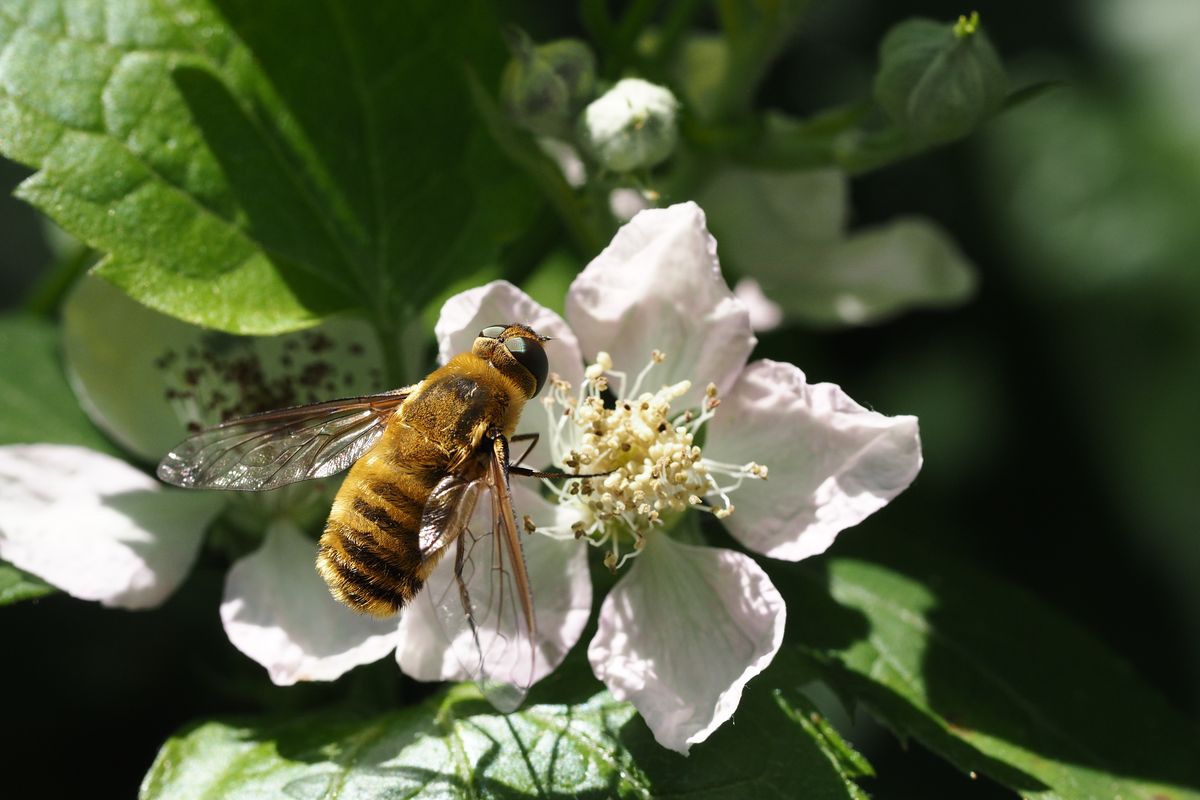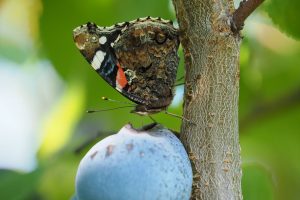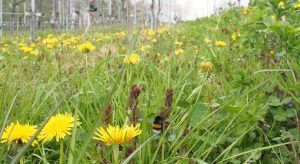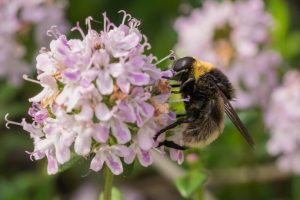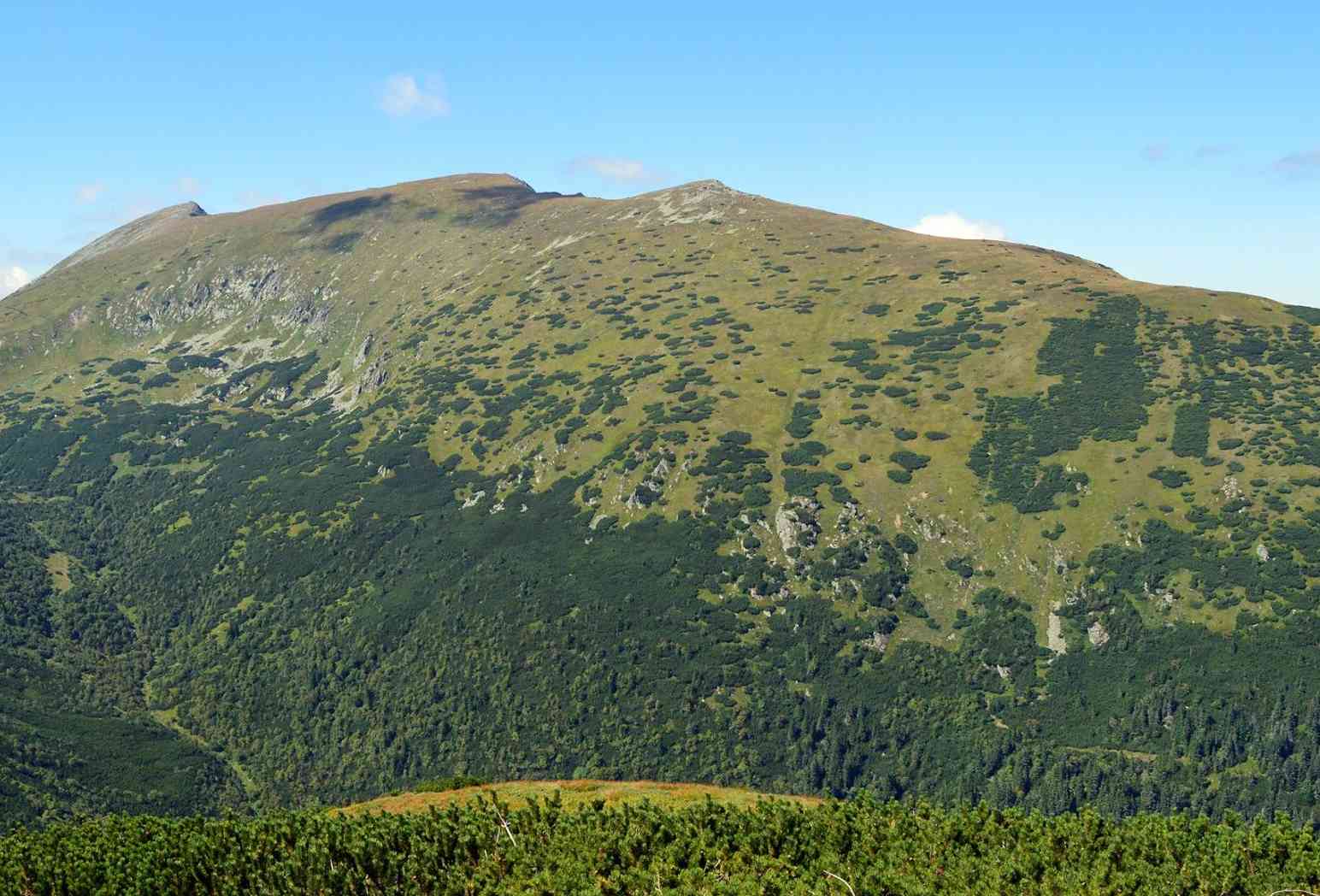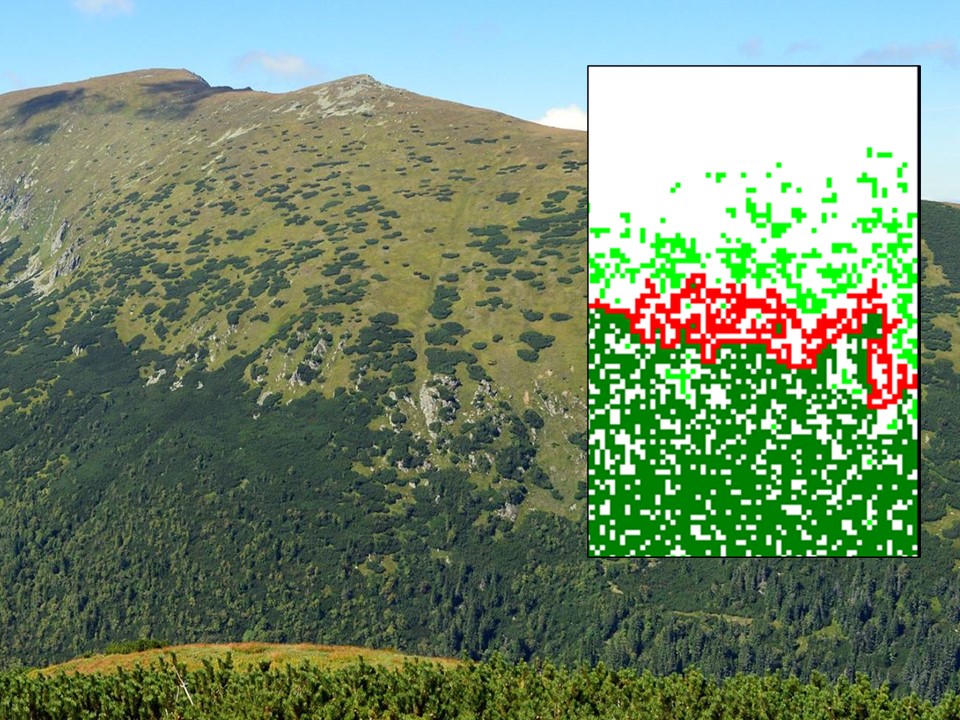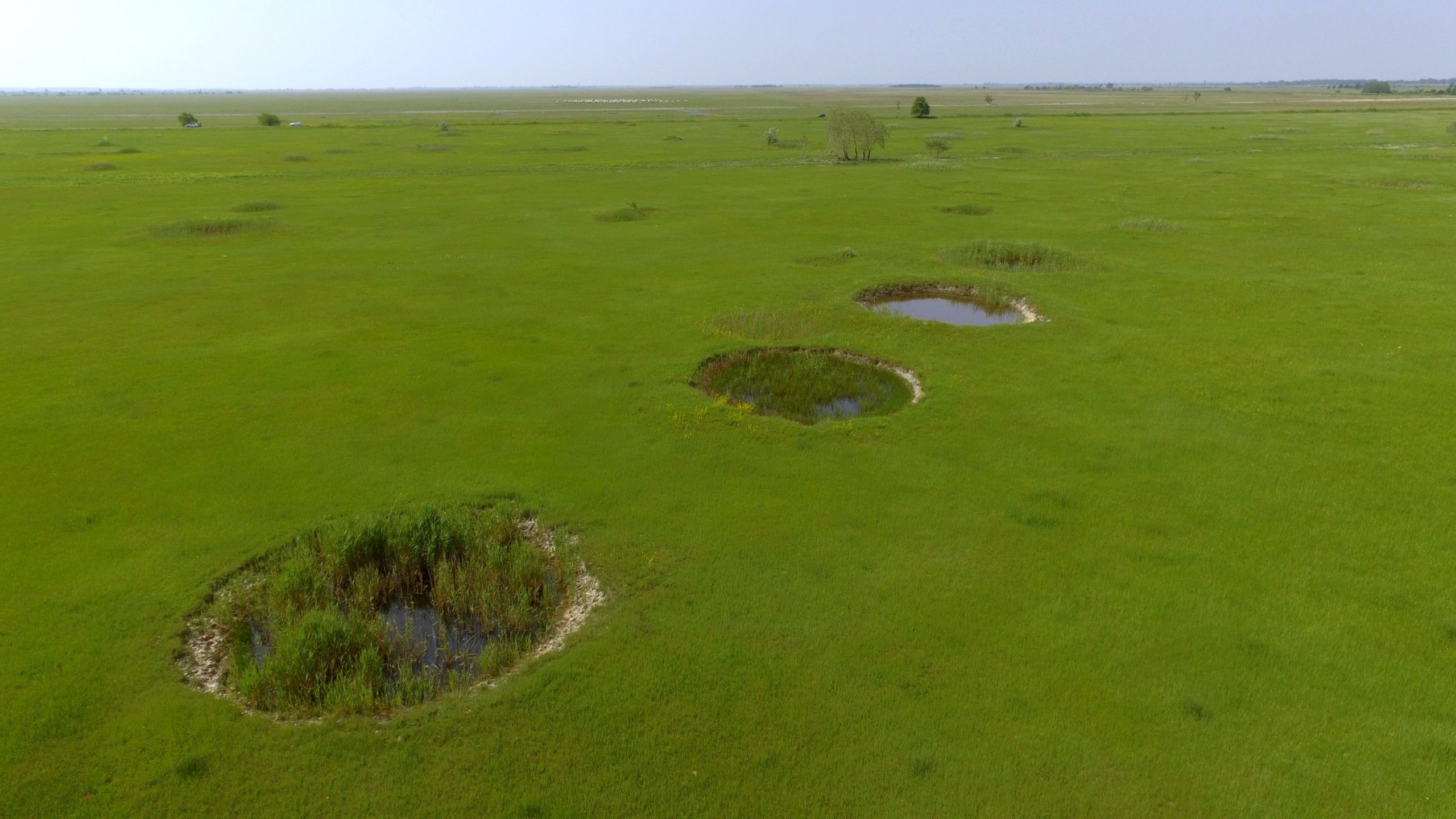
Habitat fragmentation poses a growing global threat to our natural ecosystems, making it one of the greatest challenges in biodiversity conservation. Among the most vulnerable of these ecosystems are ponds, due to their small sizes and intricate networks. Ponds have experienced global declines in numbers and extent, making them a critical focus for conservation efforts. Once a pond loses its neighbors, it becomes isolated, which can lead to biodiversity decline. A new study, conducted in Hungary, sheds light on the importance of connectivity among ponds in these small-scaled habitat networks and its impact on the biodiversity of ponds.
Situated in the heart of the Pannonian Plain on the interfluve of the Danube and Tisza rivers, Hungary’s Kiskunság region is a diverse landscape, encompassing a variety of aquatic and terrestrial habitats. From shallow lakes, soda pans, and swamps to dry and wet meadows, semi-arid sand dunes, and grasslands, the region supports a unique array of flora and fauna, including numerous rare and endemic species. Large parts of the region belong to the Kiskunság National Park and are parts of a UNESCO Biosphere reserve, while a number of aquatic habitats are listed under the Ramsar Convention. Here, a cluster of 112 bomb crater ponds form a network with ponds differing in their distances, and therefore their relative connectivity to their neighbors. This so-called ‘pondscape’ was likely created during World War II by mistargeted bombing on a sodic meadow of the nearby airport.
Bomb craters may be scars on our Earth and reminders of devastating history but these ponds are thriving with life and providing habitat for a range of aquatic species today. They hold sodic water mostly dominated by sodium carbonates and hydrocarbonates and they vary in environmental and morphological characteristics. The ponds host a variety of species, including Pannonian endemic fairy shrimp (Chirocephalus carnuntanus), protected amphibians, pond turtles, and a range of invertebrates such as dragonflies, mayflies, aquatic beetles, and microcrustaceans. Beside its importance for conservation, the pondscape offers a unique setting for investigating scientific questions in a natural laboratory. The ponds are small and easy to sample and they form a well-delineated network far from other waterbodies. Therefore, they represent an excellent model system to understand how pond networks sustain biodiversity, and form a metacommunity, i.e., multiple separate habitat patches potentially connected through the dispersing organisms.
The ponds are not physically connected by waterways thus the dispersal of organisms is expected to occur mainly via wind or by the active movement of the organisms. The prevailing assumption has been that such small-scaled habitat networks lack structuring by spatial processes, i.e. we cannot observe diversity gradients in the network due to differential dispersal rates because all organisms could potentially spread to all habitats.
However, the findings of a study carried out by researchers from HUN-REN Centre for Ecological Research in Hungary challenge this notion. The researchteam investigated the influence of both space, i.e., the arrangement of the habitat patches and the local environmental variables (e.g. water nutrient content, depth, salinity) on species richness and community composition in an international collaboration led by Barbara Barta. These were tested in a range of organism groups including the tiniest microscopic creatures to ones as large as amphibians. They are expected to respond differently to the environmental conditions and connectivity.
“The findings showed that besides environmental conditions which certainly play a significant role in shaping community composition, the spatial position of ponds in the network is also important, particularly for passively dispersing organism groups. These are the organisms (e.g. microbes, plankton) that rely on dispersal agents, such as wind to move them across the landscape. For these species, it is better to be in the centre of the network where their pond is surrounded by many other ponds from which conspecifics can easily arrive. This leads to higher diversity of these groups in the centre of the pondscape.” explains Barbara Barta, the lead author of this study. This discovery highlights the importance of the central-peripheral connectivity gradient within pond networks.
“These findings underscore the significance of studying and conserving ponds as integral components of a network, rather than as isolated entities. It is crucial that the network as a whole is protected with all the connections which ensures that the biodiversity is sustained. Understanding the impact of connectivity on biodiversity in fragmented ecosystems like ponds is vital for the preservation of these unique habitats.” summarises Barbara Barta.
Photo: Horváth Zsófia
A network of bombcrater ponds on a meadow in Apaj, Central Hungary

